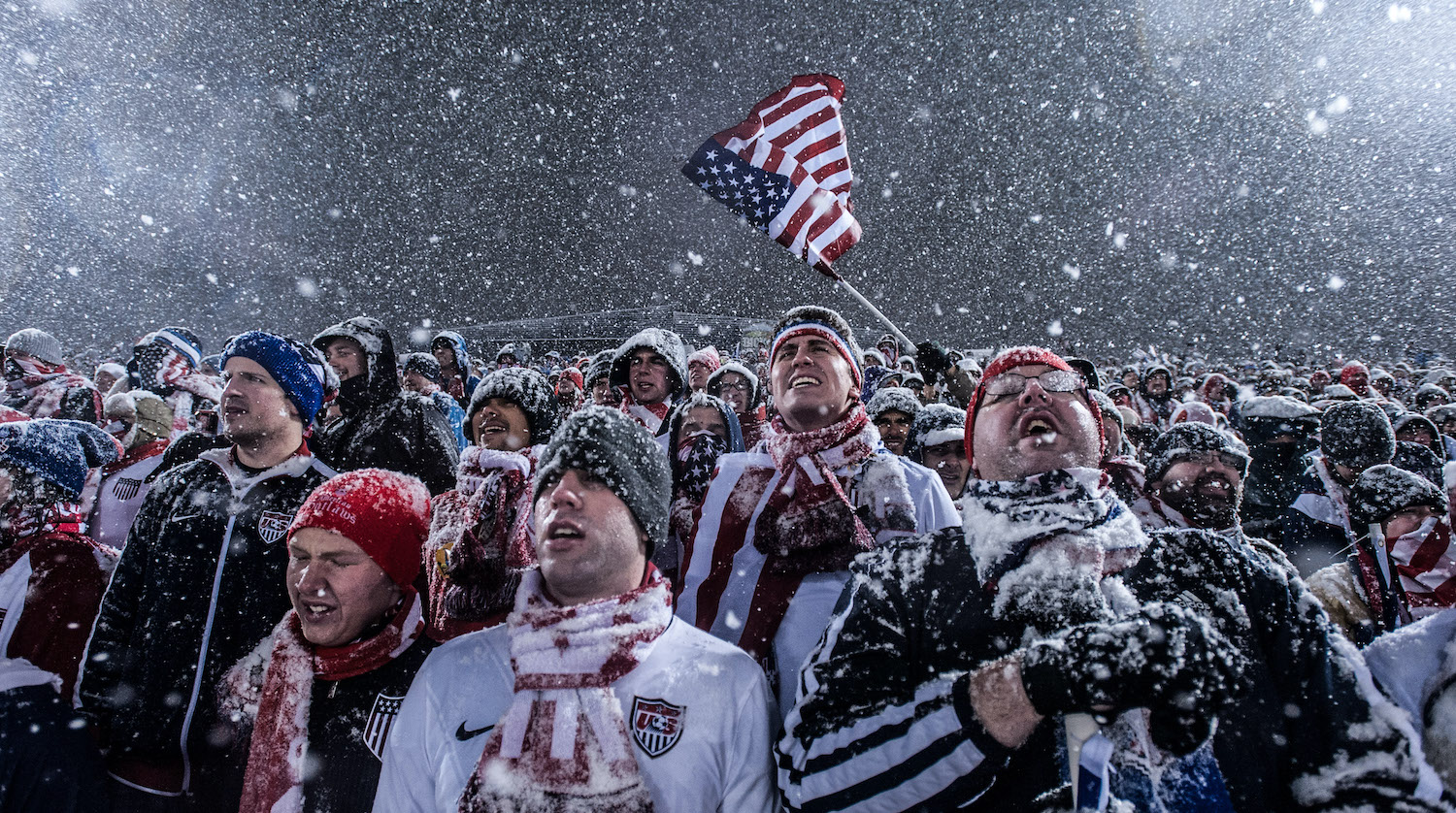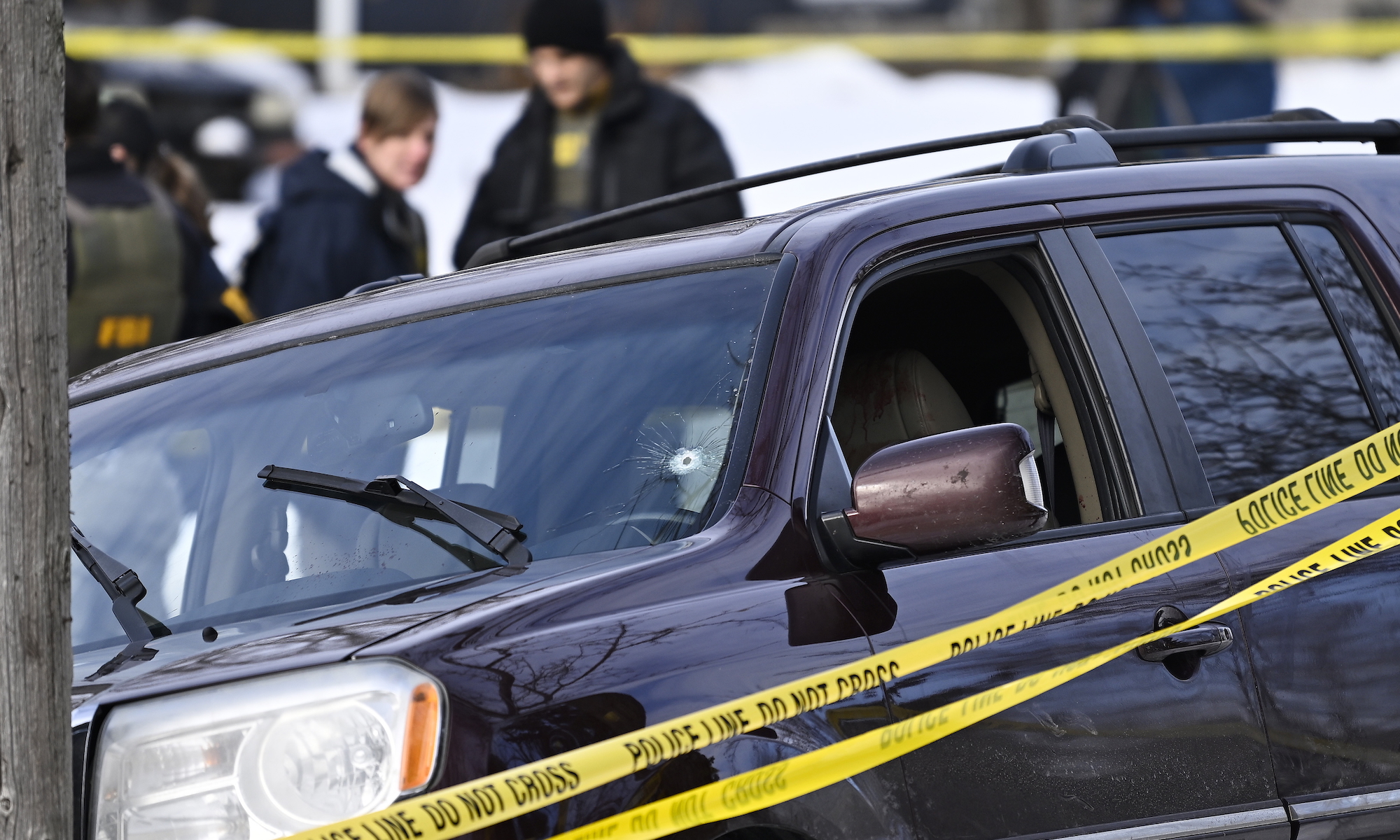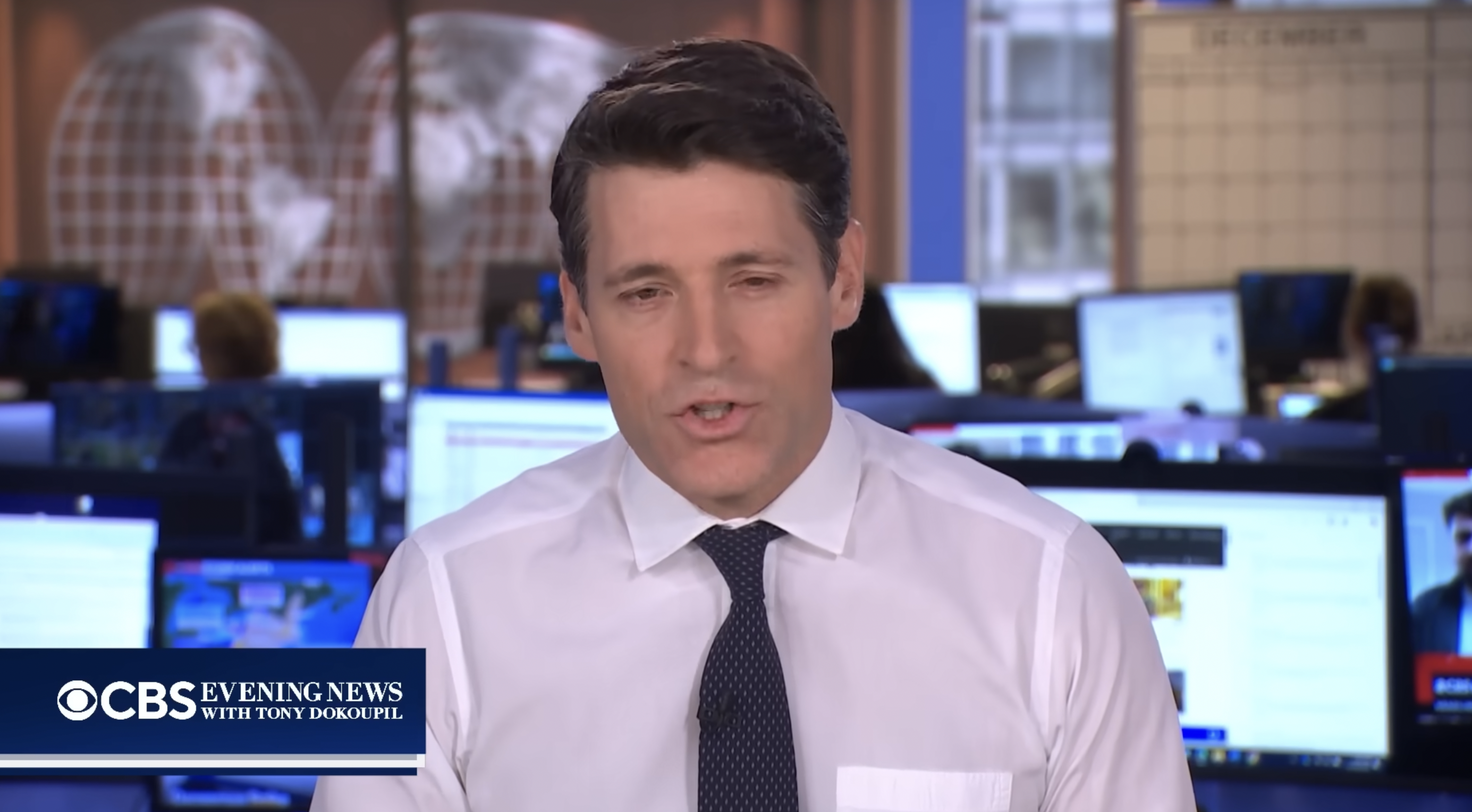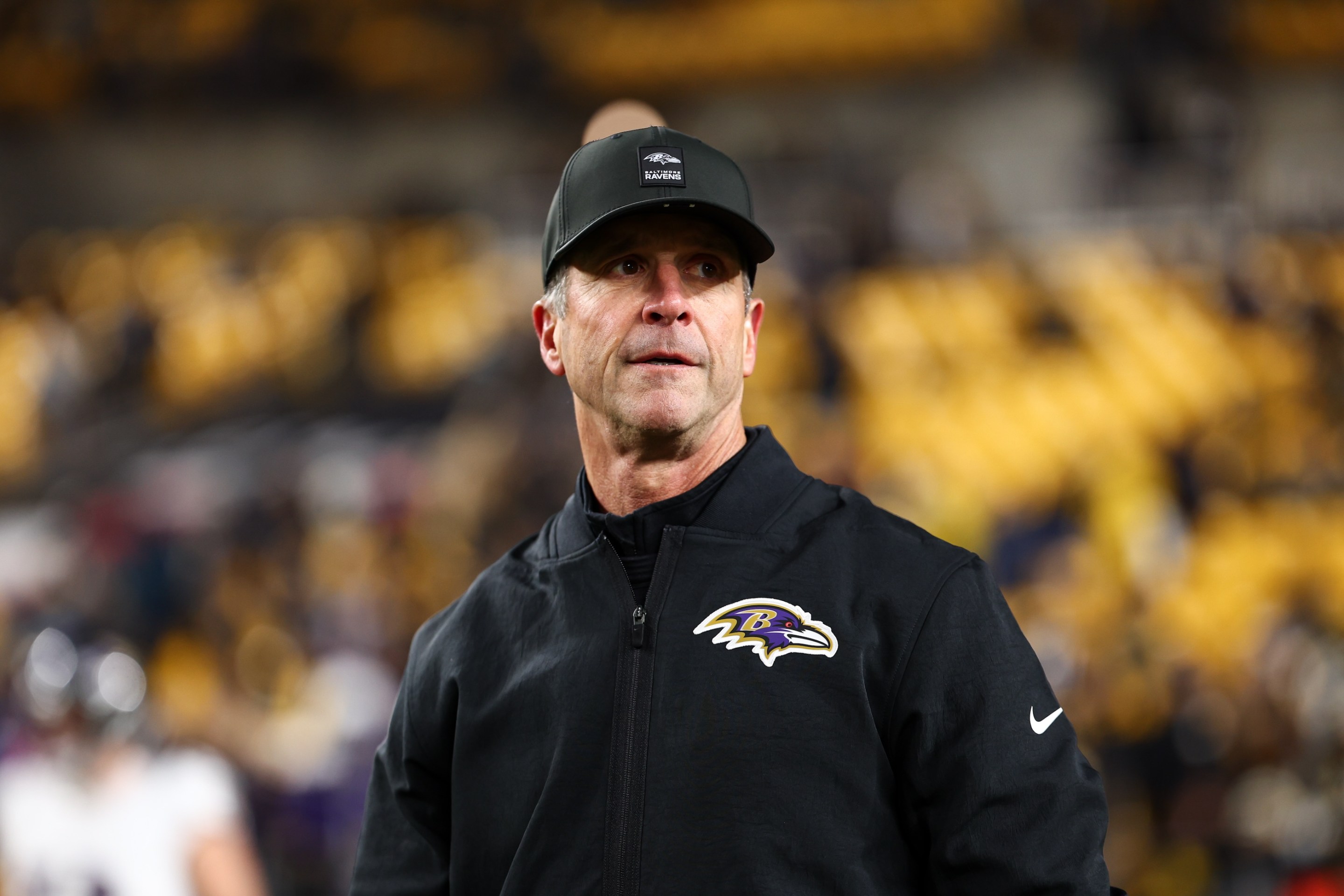When considering a visit to St. Paul, Minn. in January, the traveler has to weigh a few factors: The Science Museum of Minnesota is open Wednesday-Sunday, but the low today was minus-11 degrees Fahrenheit; you can visit the Minnesota State Capitol Building, though you should be aware that AccuWeather says the current eight-degree temperature actually feels more like minus-six when you account for wind chill; the Mississippi River is right there, I guess, but also the city functionally becomes part of the Arctic during winter. One could reasonably conclude that now might just be a better time to avoid one of the few places that climate change appears to be making colder, but this is not what the U.S. Soccer Federation has chosen to do.
The U.S. Men's National Team is gearing up for a run of three World Cup qualifiers: this Thursday against El Salvador in Columbus, Sunday in Canada, then next Wednesday against Honduras in St. Paul. With relatively little margin for error and the failures of 2017 hanging over this team, every single point and goal matter, though this window is one of the most critical in the whole process. El Salvador and Honduras are seventh and eighth in the eight-team standings, and picking up six points against them at home is a virtual necessity. This is why the USMNT will probably field an all-killer XI against El Salvador, and then follow it up with a timid one against Canada. It is also why the USSF has scheduled the two home January qualifiers in some of the coldest places possible. The logic is pretty simple: frigid temperatures, longer travel hours for visiting Central American opponents, and more reliably pro-U.S. crowds in cities with relatively small Salvadoran and Honduran populations will make for a crushing home field advantage.
"We expect to embrace the conditions, enjoy the conditions and really be able to take it to our opponents in this," coach Gregg Berhalter said when naming his roster. "Just as all the times we go down to Central America and we're playing in the humidity and the heat and sometimes the smog and the altitude at times, this is an opportunity for us to gain an advantage on our opponents. They're all coming from the equator, and it's going to be really difficult for them to deal with these conditions."
There are a couple of problems here. In pure soccer terms, playing in frigid weather is very risky, as games tend to be much more subdued and therefore more likely to produce wonky results. As Grant Wahl has pointed out, putting the game in a normal, unfrozen stadium would theoretically allow both teams to play at their normal level and pace, producing the sort of game the USMNT is much more likely to win. The icebox conditions in Columbus and St. Paul are likely to lead to more conservative, less propulsive soccer, negating or at least dulling the USMNT's huge talent advantage. The infamous 2013 Snow Clasico is a useful precedent here. The USMNT beat a very good Costa Rica squad in Denver thanks mostly to the intervention of a big blizzard. Clint Dempsey scored the game's only goal, and though the Costa Ricans were clearly uncomfortable, the U.S. were too, and soccer played under such bizarre conditions could have produced any number of fittingly bizarre goals.
To a certain degree, the U.S.'s choice of venues was dictated by Canada scheduling their home game against the USMNT in Ontario. Playing close to Ontario certainly reduces travel, though it's not like there is a dearth of soccer stadiums within a short flight from the Toronto area that are not in freezing-cold cities. The games also take place three days before and after the Canada game, so the extra few hours on a charter flight to, say, Florida wouldn't matter all that much.
The U.S.'s strategy is also extremely risky given the heightened injury risk of playing in sub-freezing temperatures. Christian Pulisic's greatest foes over the past three seasons have been his brittle hamstrings, and risking them for the sake of beating El Salvador seems unwise. Other crucial players like Tyler Adams and Weston McKennie have also struggled with muscle injuries at points in their careers, and Sergiño Dest just got back from a groin injury. While many U.S. players do play in relatively cold places like Germany, that's not the same as going Arctic Mode.
Perhaps the U.S. wouldn't be as determined to freeze everyone out if they'd qualified for the last World Cup, or if they weren't humiliated by Costa Rica in New Jersey in the process of not qualifying for said last World Cup. The USMNT's 2-0 home loss to Costa Rica was the second-worst result of that cycle, one that many chalked up to the fiercely pro-Costa Rican atmosphere in the U.S.'s first-ever home qualifier in the New York area, though people who were there refute the narrative that the U.S. lost because fans did Costa Rica chants and not because they were the worse team (Bobby Wood started). Losing on the East Coast in front of a hostile crowd is grim; running and hiding in whiter places to ensure a meaningful home-field advantage is also very embarrassing.
There's a real contradiction between the USMNT turning the corner with this young, exciting team and the federation staging games in the least hospitable conditions. The federation is letting its fear of the past play too large a role in charting this bright young team's future, and doing so in a way that could very well prove counteractive. I wish the team would play a meaningful game on the West Coast, especially in Seattle or the Bay Area, but I at least see the logic in cutting down on Europe-based players' travel all the way out to the Pacific. Ohio and Minnesota are important soccer states, though risking various players' limbs to keep El Salvador cold and away from their U.S.-based fans is too clever by half.






